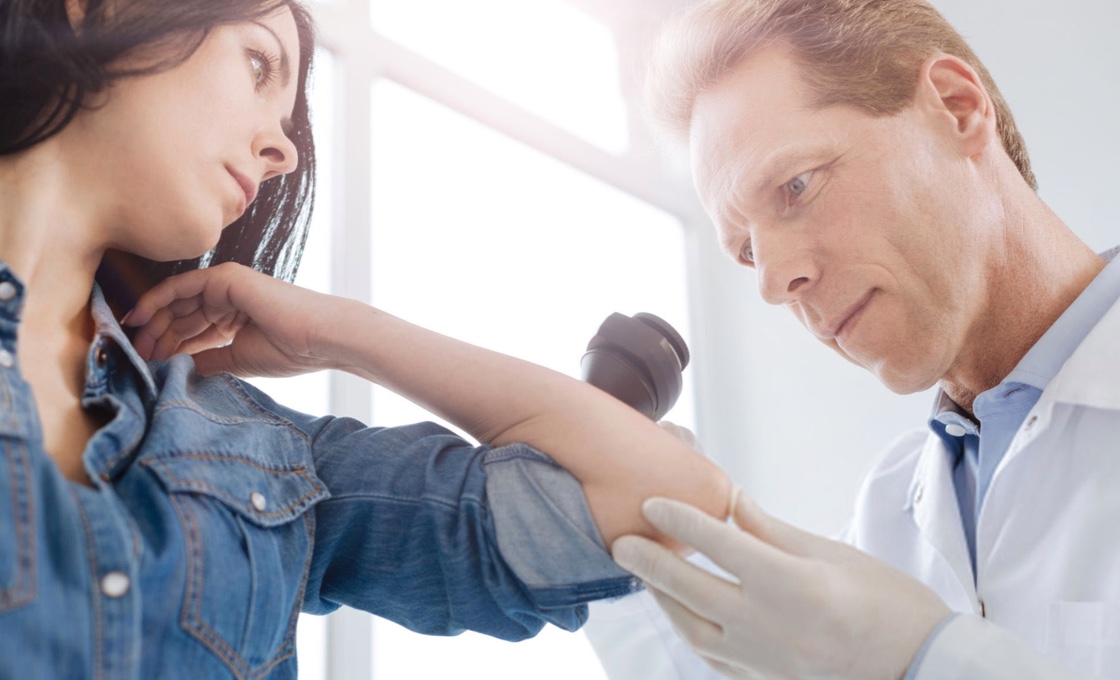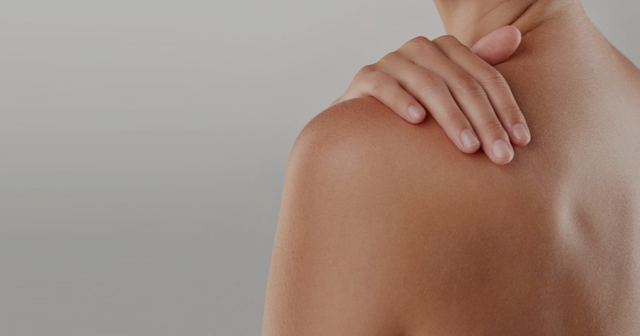What Are Cysts?
Cysts are closed, sac-like capsules that can develop anywhere on the body, including the skin or inside the body. Common areas where a cyst might develop include the neck, face, genitals, and internal organs. They’re typically filled with fluid but can also be full of tissue, air, or another type of substance. It is best to think of a cyst as a balloon with the opening at the top on the outside of the skin. Inside of the balloon, the skin is producing skin cells that are trapped inside of the balloon. The balloon grows as it becomes filled with the skin cells and may even rupture, which in turn would cause a painful cyst.
A cyst can cause a range of symptoms depending on its type and location. Many people become aware of a cyst when they feel an abnormal lump. This usually occurs when the cyst is right underneath the skin. However, a cyst affecting the internal organs may not cause any noticeable symptoms. It’s common for these cysts to remain unnoticed until they start to interfere with a bodily function or if they’re detected by an imaging scan, such as an MRI, ultrasound, or CT scan.
How Does A Cyst Differ from Growths Or Other Bumps?
Unlike a cyst, a tumor is generally a solid mass of tissue that develops as a result of abnormal cell growth. Tumors are usually firm to the touch, but if you have a cyst somewhere on your skin, it’s possible to feel it rolling underneath the skin when you apply pressure. Unlike an abscess, a cyst has a distinct membrane, known as a cyst wall. While an abscess is also typically filled with fluid, it isn’t surrounded by a wall.
What Are The Different Types of Cysts?
Doctors have identified numerous types of cysts. Here’s a closer look at some of the most common types:
Epidermoid cyst: This type of cyst is noncancerous and appears as a small lump under the skin. They can be skin-colored, yellow, or white, and they’re commonly found on the neck, face, and back.
Ganglion cyst: A ganglion cyst is a small, benign cyst that’s filled with a thick, jelly-like fluid. It forms on the tissues surrounding joints and commonly develops on the wrist and hand.
Dermoid cyst: This is a slow-growing type of cyst that’s typically composed of hair follicles, sebum, skin, fat, and other body materials. It usually appears on the face, neck, and ovaries.
Pilonidal cyst: A pilonidal cyst is usually filled with skin debris, hair, and oil. They typically grow in clusters and commonly develop on the lower back, near the buttocks.
Common Cyst Causes

A cyst can develop at any age and affects both men and women. There are a number of different types of cyst causes, but here are some of the most common reasons they develop:
- Infections
- Tumors
- Blockages in ducts, which results in fluid buildup
- An injury that causes a popped blood vessel
- Genetic conditions
- Damaged Hair Follicles
- Chronic inflammatory conditions
- Cancer, in rare cases

Cyst Removal Treatment Options
The method for cyst removal depends on the type of cyst you have, its location, cause, and how much discomfort it’s causing you. The majority of cysts are non-cancerous and usually respond well to treatment.
Most types of cysts can be drained by your doctor. During this procedure, your doctor inserts a needle directly into the cyst, allowing the fluid or other material to drain out, causing it to collapse. For one that’s very large, surgical removal may be required. If a cyst is cancerous, it will be surgically removed, along with any surrounding tissue that’s been affected.
If a cyst has developed on a specific internal organ rather than being visible on the skin, your doctor will schedule routine imaging appointments to monitor its growth. If it’s suspected that a cyst could be cancerous, a biopsy will be performed.

When Do You Consider Cyst Treatment?

Cyst removal isn’t necessary unless it’s cancerous. However, if you suspect that you have a cyst, a dermatologist should evaluate it. Since it’s possible for a cyst to be cancerous, early detection is very important. A cyst can also be removed for aesthetic reasons or if it causes pain. If it’s very large and is causing symptoms, the most effective cyst treatment will likely be surgical removal.
You can depend on our highly skilled dermatologists to provide the best in skin care. Contact us today to schedule an examination.
Treatment options may vary at each location.
Please confirm your desired treatment is offered at your preferred location when scheduling.


